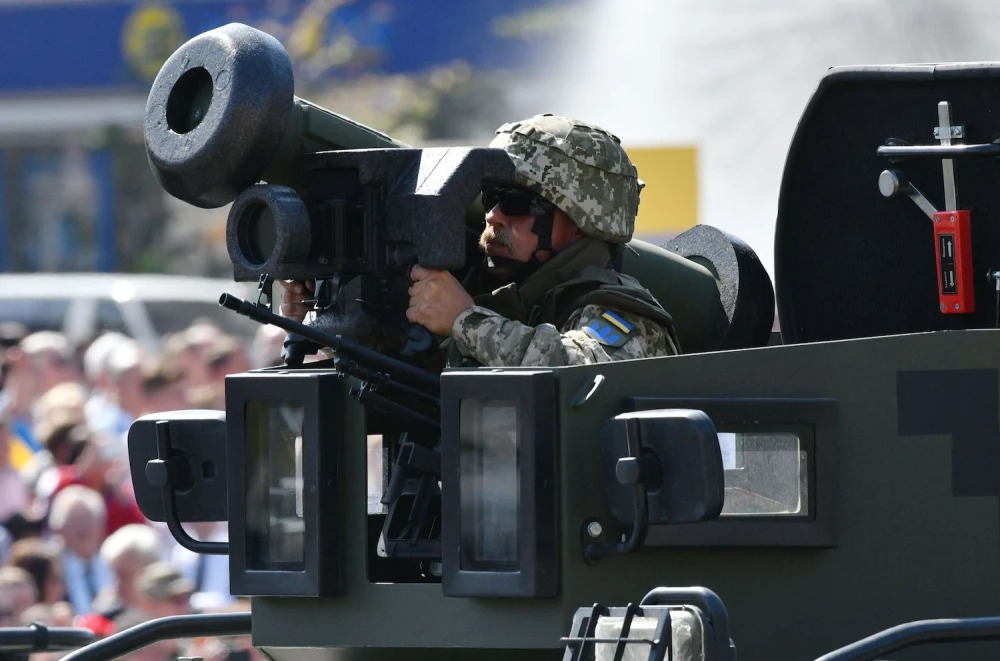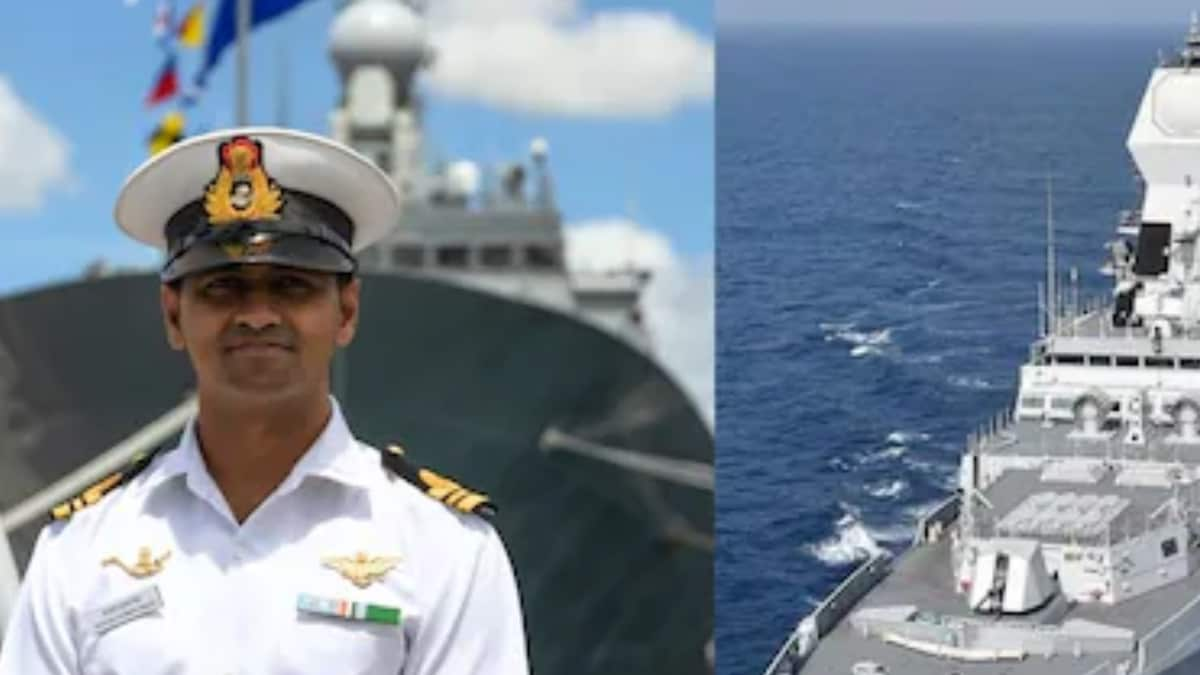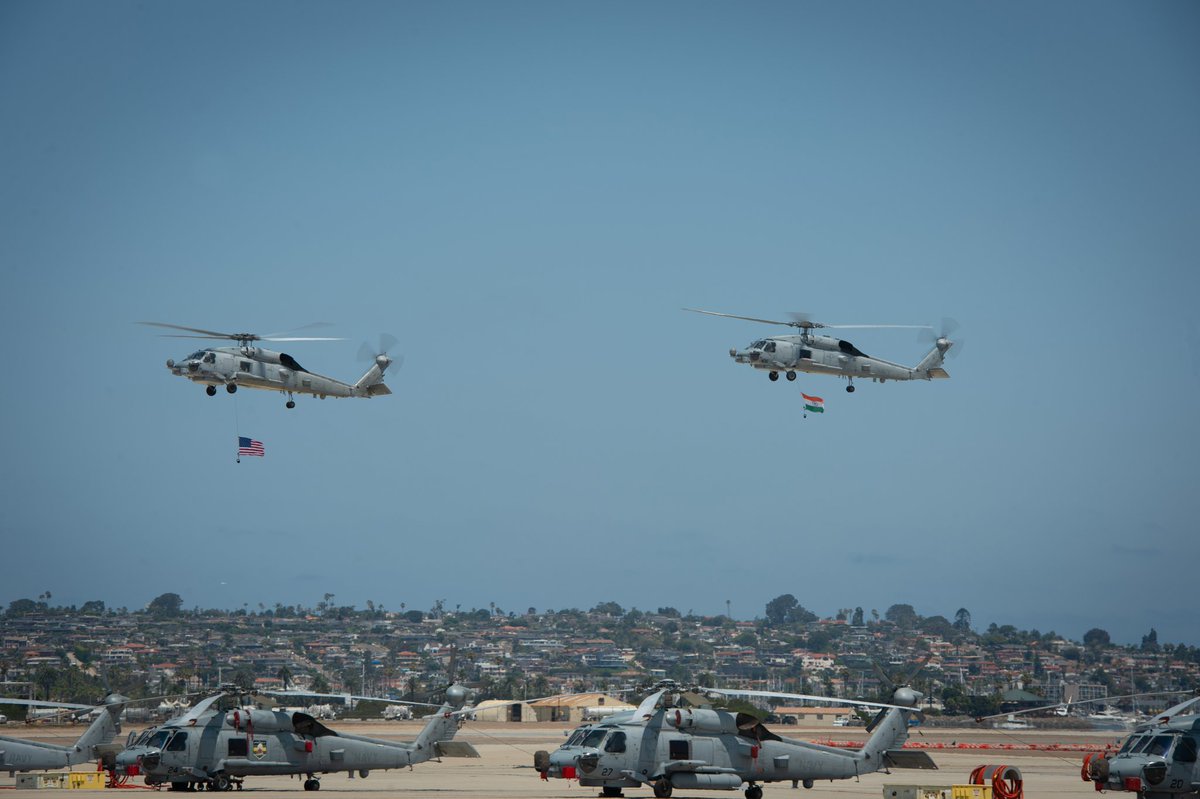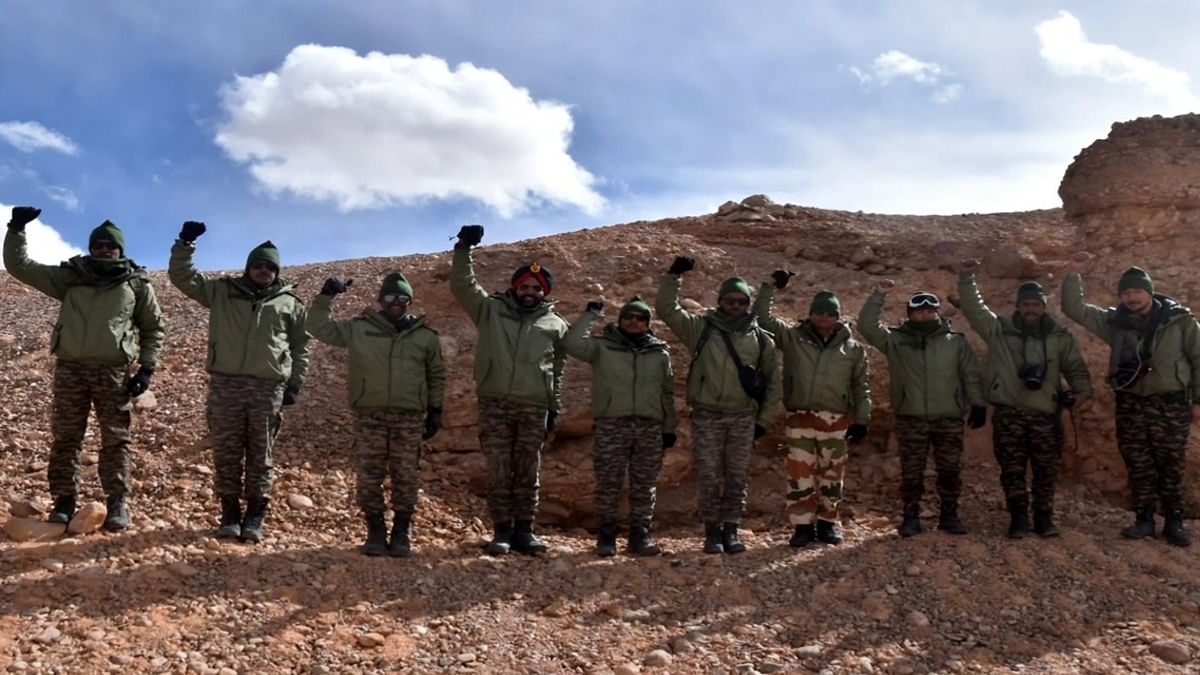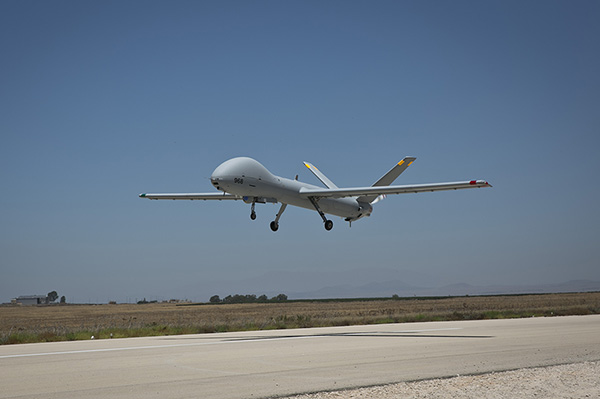US Approves $108 Million Military Sale of Javelin Missiles to Enhance Tunisia’s Defense Capabilities
The United States is significantly boosting Tunisia's defense capabilities through a recent foreign military sale (FMS) approval valued at $108…
Indian Navy Day 2024: Career Opportunities in the Indian Navy for Aspiring Naval Officers
Every year on December 4, India honors Indian Navy Day, a celebration rooted in the Navy's successful operation against Karachi…
US Approves $1.17 Billion Sale of Helicopter Equipment to India
In a significant move to bolster its naval capabilities, the US State Department has greenlit a potential sale of $1.17…
Indian Troops Complete First Patrols in Depsang Plains Following Agreement with China
Indian troops have successfully completed their first round of patrols in the Depsang Plains, specifically reaching the critical patrolling point…
Elbit Systems Secures $40 Million Deal to Supply Advanced Drones to Israeli Defense Forces
Elbit Systems has signed multiple contracts to supply the Israel Defense Forces (IDF) with advanced drones and autonomous systems, totaling…
Territorial Army Soldier Shot at by Terrorists in Kashmir’s Tral, Area Cordoned Off
A Territorial Army soldier was reportedly shot at by terrorists in the Tral area of south Kashmir, escalating tensions in…

